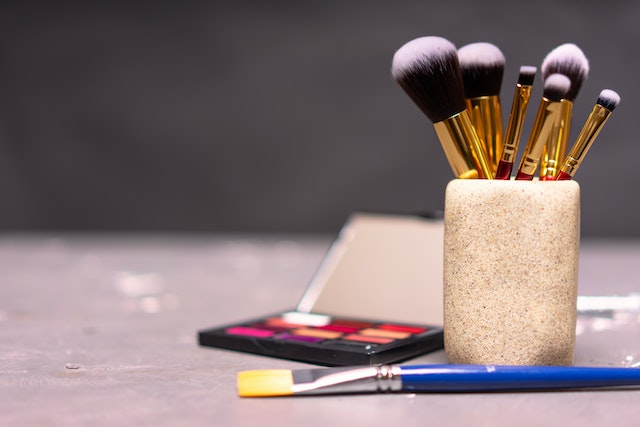Keeping your makeup brushes clean and replacing them regularly is essential for maintaining healthy and beautiful skin. Over time, makeup brushes can accumulate bacteria, dirt, oils, and old makeup residue, which can lead to clogged pores, breakouts, and skin irritation. To keep your skin happy and healthy, here’s a guide to replacing your makeup brushes:
Keeping your makeup brushes clean and replacing them regularly is essential for maintaining healthy and beautiful skin. Over time, makeup brushes can accumulate bacteria, dirt, oils, and old makeup residue, which can lead to clogged pores, breakouts, and skin irritation. To keep your skin happy and healthy, here’s a guide to replacing your makeup brushes:
1. Know When to Replace: As a general guideline, it is recommended to replace your makeup brushes every 6 to 12 months. However, certain factors may require more frequent replacements. If you have sensitive or acne-prone skin, it’s best to replace your brushes every 3 to 6 months to prevent bacterial buildup. Additionally, if your brushes show signs of wear, shedding bristles, or loss of shape, it’s time for a replacement.
2. Clean Regularly: Regular cleaning is essential to maintain the cleanliness and performance of your brushes. Ideally, you should clean your brushes at least once a month, or more frequently if you use them with liquid or cream products. Use a gentle brush cleanser or mild shampoo to remove makeup residue, dirt, and oils. Rinse thoroughly and reshape the bristles before allowing them to air dry.
3. Consider Brush Material: The material of your brushes can impact their lifespan. Natural hair brushes tend to be more delicate and may require replacement more frequently. Synthetic brushes, on the other hand, are often more durable and can last longer with proper care. Keep this in mind when deciding on the replacement timeline for your brushes.
4. Assess Brush Performance: Pay attention to how your brushes perform during makeup application. If you notice a decline in their performance, such as decreased blending ability or uneven product distribution, it may be a sign that the brushes need replacement. Damaged or splayed bristles can affect the application and result in an inconsistent makeup finish.
5. Hygiene Concerns: Good hygiene is crucial for the health of your skin. If you’ve had a recent eye infection, cold sore, or any other contagious skin condition, it’s important to replace the brushes you used during that time to avoid reinfection. Similarly, if you’ve been sick or experienced a breakout, it’s a good idea to clean or replace your brushes to prevent spreading bacteria.
6. Invest in Quality Brushes: High-quality makeup brushes tend to have a longer lifespan compared to cheaper, low-quality alternatives. Investing in well-made brushes can save you money in the long run as they will withstand regular use and cleaning without deteriorating quickly. Look for brushes made with durable materials and solid construction.
7. Store Properly: Proper storage can help prolong the life of your brushes. Keep them in a clean, dry, and well-ventilated area to prevent the growth of bacteria. Avoid storing brushes in a damp environment or throwing them into a makeup bag without proper protection, as this can lead to mold or mildew growth.
Remember, your makeup brushes are tools that come into direct contact with your skin, so it’s important to prioritize their cleanliness and replacement. By following these guidelines and maintaining a regular cleaning and replacement routine, you can ensure that your makeup application is flawless and your skin remains healthy and happy.

















Leave a Comment
Your email address will not be published. Required fields are marked with *